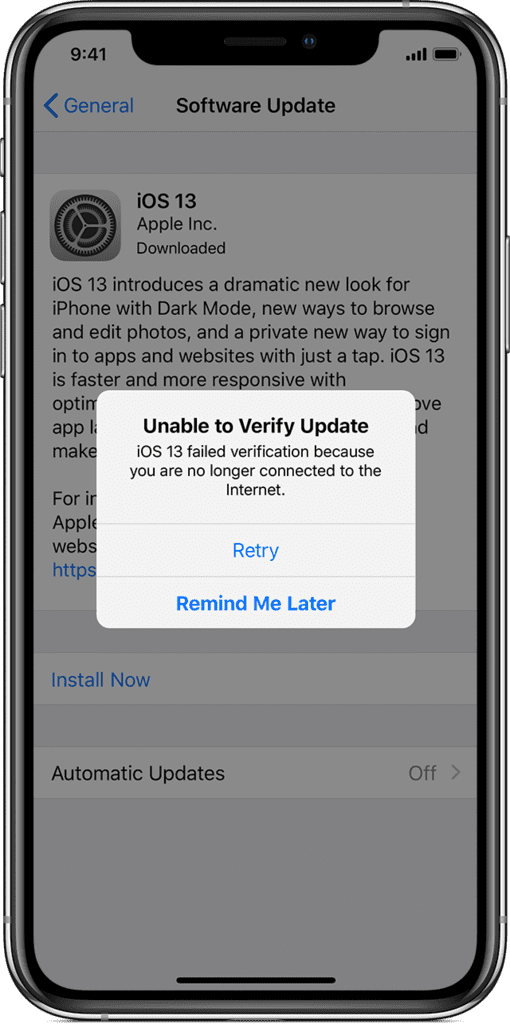There are number of unofficial encounters of people failing to update the iOS 13 to the latest. For my case specifically (updating to iOS 13.5.1), I was getting error message of “Unable to Verify Update – iOS 13 failed verification because you no longer connected to the internet” on my iPhone X.

The first instinct we have is to google for solutions and many suggested to do tricks such as this and this. Which none of them really fix the problem because they are not specific enough. Then I was reading this Apple support article which it spots on how to resolve the problem. It’s an easy trick but you will need to be really specific on the steps.
Firstly, if you have tried many attempts to update your iPhone, please stop doing so. Instead, follow the Apple suggested solution to firstly remove the downloaded update on your iPhone. Follow the following steps to remove the downloaded update on your iPhone.
- Go to Settings > General > [Device name] Storage.
- Find the update in the list of apps.
- Tap the update, then tap Delete Update.
Secondly, try to download again over a stable WIFI network. If the problem persists, remove the downloaded update on your iPhone again.
This time connect your iPhone to your MacBook, download and update your iPhone via Finder. This should do the trick. As always, please remember to backup your iPhone before update.
Hope the above helps and may the force be with you.

